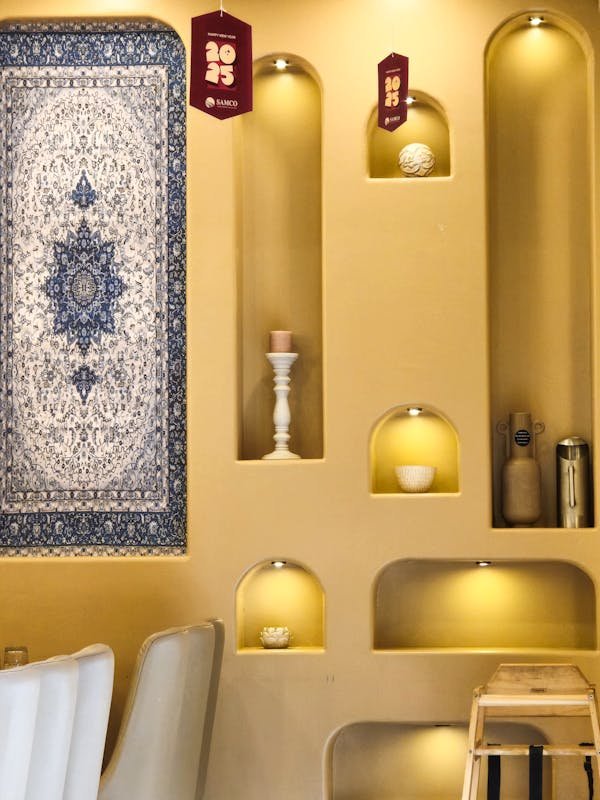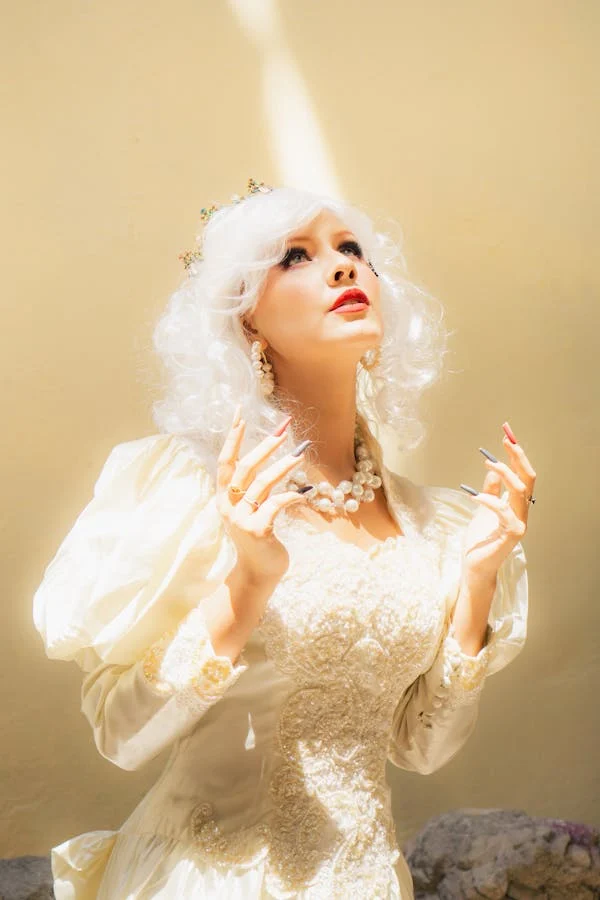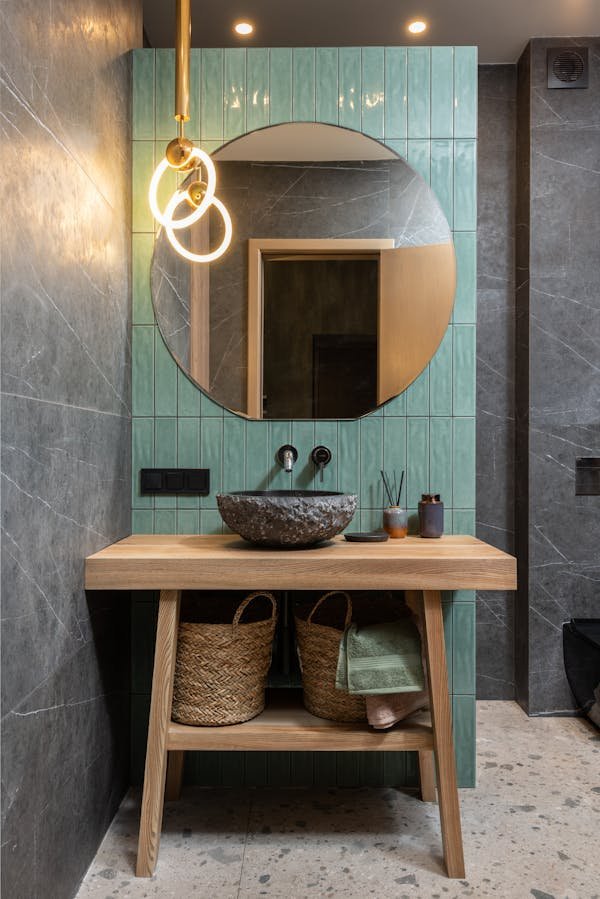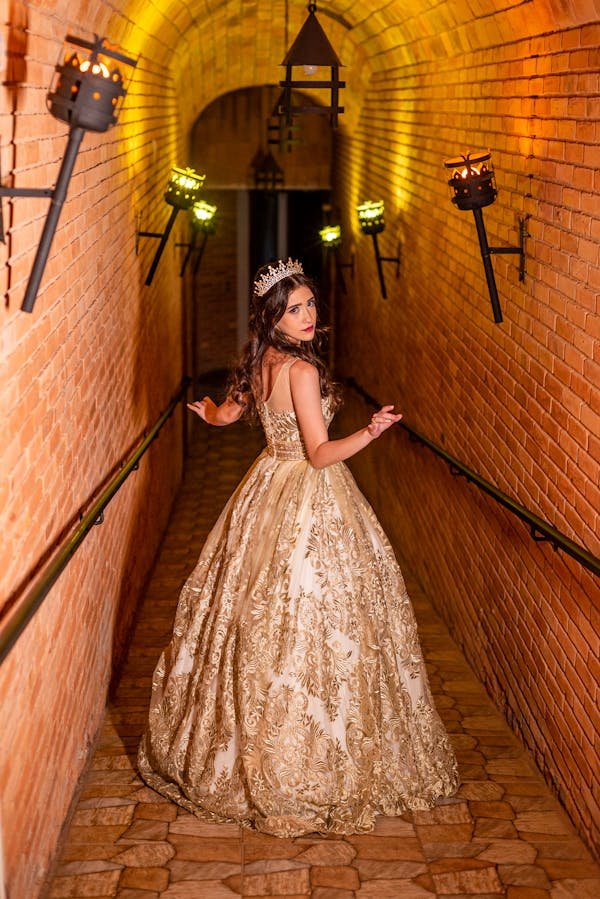|
Getting your Trinity Audio player ready...
|
Introduction
Weary of heavy fixtures crowding your ceilings or harsh lighting souring the atmosphere of your house? Welcome to recessed light casing, the elegant, contemporary solution that provides perfect illumination and fits any kind of room.
Recessed lighting casings are the secret weapon for homeowners all around the USA trying to combine form and function whether they are redesigning a small living room, improving a dark kitchen, or building a simple home office.
The unseen heroes of interior lighting are reassessed light casings, sometimes known as “cans”. Tucked subtly into your ceiling, these lights give a neat, understated appearance that complements both modern and classic furniture equally.
But they’re more than just looks—recessed lighting saves space, improves energy efficiency, and even raises the value of your house. Customizing brightness, color temperature, and direction with choices like LED-compatible casings and adjustable trims will help you create the ideal ambiance for movie evenings, dinner parties, or late-night office hours.

Why do American homeowners find this lighting trend so appealing?
First of all, recessed casings distribute light uniformly to make rooms feel bigger and brighter, so negating the “cave effect” of outdated overhead lights.
They also fit low ceilings (goodbye, embarrassing chandelier collisions!) and work miracles in basements, bathrooms, and kitchens where airtight or moisture-resistant models add durability and safety.
Moreover, energy-efficient LEDs will help you cut your utilities without compromising design.
The best part, though, is that here Install recessed light casings now more easily than ever. Whether you’re starting fresh with modern designs like slim “new construction” homes “remodeler” kits, or retrofitting old fixtures, modern designs help to streamline DIY projects.
All set to make your area look as polished as it is practically useful with lighting? Your shortcut to a brighter, smarter home—everything you need to know about selecting, installing, and maximizing recessed light casings—is right here.

1. Describe Recessed Light Casings
The Fundamentals Homes, Trim, and Bulbs
These three basic components of recessed lighting:
• Light Housing: The metal “can” is put in place within the ceiling.
• Trim: The obvious decorative plate running around the edge of the house.
• Bulb: LED, halogen, or incandescent—though LEDs rule now.
Why Americans Appreciate Recessed Lighting
• Sleek & Space-saving: Modern, clean looks without dangling fittings.
Works in kitchens, basements, showers, and even outside for versatility.
• Energy Efficiency: Up to 75% of power consumed in homes compatible with LEDs is saved.
2. Recessed light casing varieties
New Construction vs. Housings for Remodeling
• New Construction Housings: For unfinished ceilings (such as those found in new constructions). attaches to joists.
• Remodeler Housings: For customizing current ceilings. Install spring clips quickly and easily.
IC against non-IC Housings Rating
• Insulation Contact: Ideal for attics, safe-to-touch insulation.
• Non-IC: Needs 3′-clearance from insulation (fire hazard otherwise).
Pro Tip: To stop drafts, use airtight housings in ceilings exposed to outside temps—like garages.
3. Selecting Appropriate Can Light Shape and Size
Perfect for accent lighting (artwork, shelves), 4-inch housings.
The standard for overall room lighting is 6-inch housings.
Wafer-thin LED housings: ultra-slim for low-clearance ceilings.
Things Matter
Great for bathrooms, aluminum housings resist rust; steel housings have durability but weigh more.
4. Can Light Trims 101: Style Meets Use Cut Styles
• Baffle trim lowers glare—perfect for living rooms.
• Reflector trim optimizes kitchen and garage light output.
• Gimbal trim—adjustable angles for spotlighting.
• Red Recessed Trims: Make a statement in bars or home theaters.
LED Cut-through
• Integrated LEDs run 25,000 + hours.
• Select color temps: Daylight (5000K) from Warm (2700K).
5. Installation Guidelines for Do-It-Yourself Projects

Cut off breaker power.
Using a template, cut the ceiling hole.
Safe house using brackets or clips.
Join trim and bulb.
Get Away from These Errors
Overcrowding lights; space them 4–6 feet apart.
Neglecting regional electrical codes.
6. Create Ideas to Improve Your Environment
Kitchen Lighting Pro Hack: Add gimbal trims (over counters) to 6-inch can light housings (general light).
Living Room Mood
Dimmable LED lets you cut + wall sconces for comfortable movie evenings.
Shower-rated housings with airtight seals stop moisture damage in bathrooms.
7. Optimizing Energy Product
Why LED is King?
Couples with smart dimmers for voice-activated lighting; use 85% less energy than incandescent bulbs.
8. FAQs on Recessed Light Casings
1.”What’s the difference between new construction and remodeler can light housings?”
Like during a house build or major renovation, new construction homes are built with unfinished ceilings and directly attached to ceiling joists.
Conversely, remodeler housings are for retrofitting existing ceilings; they lock into place using spring clips instead of joist access.
Pro tip: Remodeler housings save time and drywall repair if you are updating outdated fixtures.
To prevent installation problems, always match the type of housing used for your project!
2. “Can I set up shower or bathroom recessed lighting?”
Definitely yes. To stop water damage, choose shower-rated homes and moisture-resistant trims. If insulation is close by, look for IC-rated homes; then, pair them with airtight seals to prevent humidity. In wet environments, steer clear of standard cuts and choose smooth, rust-resistant finishes such as aluminum. For instance, USA homeowners often choose Halo’s RL-series shower-rated homes.
3. “Are red recesses worth the hype?”
Red trims give rooms including accent walls, bars, or home theaters great, contemporary flair. Though they work best in rooms where drama is welcome (not offices or kitchens), they are ideal for creating mood lighting.
Match them with dimmable LED to vary the brightness. Pro tip: Use red sparingly; although eye-catching, overuse of red can overwhelm!
4. “How can I avoid the too many recessed light “Swiss cheese” look?”
Space lights 4–6 feet apart with an eye toward task areas (counters, seating sections). Rather than adding more lights, use movable gimbal trims to direct light as needed. For understated spaces, think about trimless recessed casings that fit perfectly into ceilings. Layer lighting with pendants or sconces to further cut reliance on recessed lights by themselves.

5. Do LED can trims really save money long-term?
Exactly! LED trims use 85% less energy than conventional bulbs and last 25,000+ hours (over 20 years with average use). Although initial expenses are higher, they cut utility bills and replace often-used bulbs.
For instance, over a ten-year period, a 10-pack of DMF LED trims can save $300+ in energy costs. They are also cool, so lessening summer AC load.
Review Notes from Real Life: Homeowners Share Their Recessed Lighting Stories
“Game-Changer in the Kitchen, But Skip the Bathroom Vanity!” says one.
Portland, OR Sarah, Portland
“Last year, I put 6-inch recessed can light housings in my kitchen; they have been a godsend for late-night cleanup and meal preparation. The LED has dimmable choices that allow me to change from bright task lighting to a cozy ambiance for dinners.
But I made a mistake in the bathroom: I added recessed lights above the vanity only to find the sconces gave enough illumination. The ceiling now seems messy, and I wish I had skipped these two. Pro tip: Start with your sconces.
2. “Trimmed Recessed Lights Saved My Ceiling Aesthetics”
Austin, Texas Michael
“I indulged on trimless recessed light casings from Tech Lighting’s Element line since I hated the ‘Swiss cheese’ look of conventional recessed lights. Their muckiness results in a smooth, modern finish on the drywall. My 9′ ceilings now seem taller, and the 4-inch adjustable trims allow me to highlight artwork free from glares.
Though they are expensive, the elegant design is well worth every dollar 11.
“From Dark to Dramatic: Recessed Lighting Transformed Our Basement”
Lisa, Denver, CO: “Until we added red recessed trims matched with LED can housings, our basement was a cave. Our home theater gains some color from the red accents, and the dimmable LEDs give it a movie-like atmosphere.
We angled light toward the seating area using gimbal trims, to avoid screen glare. Bonus: integrated LED efficiency helped our energy bill drop 20%.
“A Do It Yourself Disaster Turned Win”
Jake of Seattle, WA
Ignoring the IC rating, I almost started a fire by trying retrofitting remodeling on my own house.
Having hired an electrician, I discovered the value of airtight homes for attic insulation. Our living room now has baffle trims to cut glare, and the 6″ spacing—4 feet apart—allows ideal ambient lighting.
Lesson: Never ignore expert advice for areas involving insulation.

Final Thought
Recessed light casings are a design powerhouse rather than only utilitarian. From kitchen task lighting to dramatic red trims in entertainment rooms, these fixtures fit perfectly in contemporary homes and increase resale value and energy efficiency. Important lessons are:
• Give job areas a top priority. Kitchens, showers.
• Make careful trim decisions: While adjustable gimbal trims highlight decor.
• Don’t overindulge. Glare results from overcrowding; space lights are 4–6 feet apart.
All set to makeovers of your house?
Examining your space: Determine task zones—countertops, closets, etc.—then choose LED trims for those spaces.














